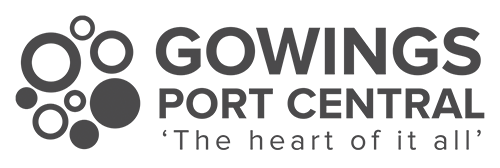Commemorating the 100th anniversary of the Be’er-sheva ANZAC Light horse charge October 31 1917
The most famous cavalry charge of the Australian and New Zealand Army Corps (ANZAC) was the charge of the Light Horsemen in Be’er-Sheva, which became a turning point in the campaign for the Land of Israel (Palestine).
After two failed attacks on Turkish defensive lines around Gaza. British commander General Sir Edmund Allenby initiated a new attack to liberate Be’er-Sheva, 45 kms from Gaza.
On 31st of October 1917, decisive action was needed in order to seize Be’er-Sheva where there were a number of wells as troops & horses were in desperate need of water. That night Lt. General Harry Chauvel, commander of the “Desert Mounted Corps,” ordered the fourth Australian Light Horse Division to attack the Turkish positions.
Two battalions, including 800 light horsemen, lined up into three columns and began to move forward. The charge soon turned into a gallop and they raced the three kilometers facing fire from small arms and artillery, until they reached the Turkish defensive trenches. ANZAC riders and horses jumped the trenches and engaged in hand-to-hand combat, while the rest of the force dashed forward into Be’er-Sheva to secure the city and the wells.
31 Australians and at least 70 horses were killed in this attack. Over 1,000 Turkish soldiers & a large quantity of supplies and ammunition were captured.
The charge on Be’er-Sheva is remembered as having been the event that broke the Turkish line of defense opening the campaign for the liberation of Palestine.
Image and text reproduced with the kind permission of JNF Australia Inc.








